Newsletter
Sign up for The Wild
We’ll help you find the best places to hike, bike and run, as well as the perfect silent spots for meditation and yoga.
You may occasionally receive promotional content from the Los Angeles Times.
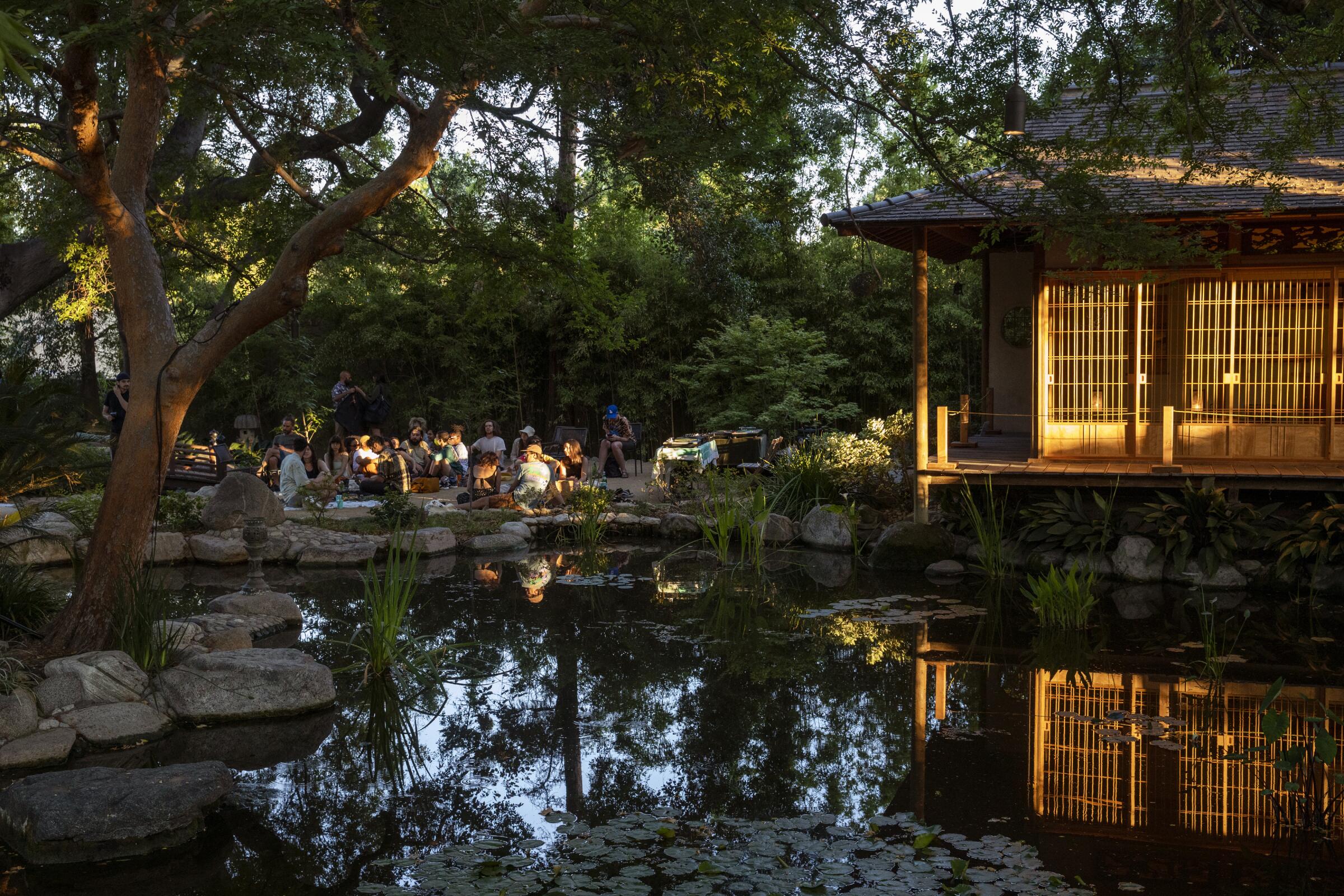
It feels a little bit like joining a secret society — that is, if secret societies were open to everyone.
“Text a cloud emoji to this number,” instructs the Instagram bio of Floating, an L.A. collective presenting sound experiences in natural settings. Soon your phone is pinging a few times a week with invitations to events like a singer-songwriter performance at a historic art ranch in the San Gabriel Mountains, a new moon sound bath at a botanical garden in Pasadena or a ceremonial improvisation from a Mexico-based ethnomusicologist in Montecito Heights.
A recent Sunday at Storrier-Stearns Japanese Garden in Pasadena featured the Argentine DJ Barbarelle and the electronic composer Byron Westbrook enhancing the historic property’s already idyllic vibe.
As their ambient soundscapes filtered through the multilevel, leafy garden where turtles and koi fish swam through rock formations, attendees gathered on picnic blankets, settling under the dappled golden light. Some were families with children, who clearly relished exploring the space’s bridges and pathways. Other guests wandered in solo and found private spots for reading or meditating.
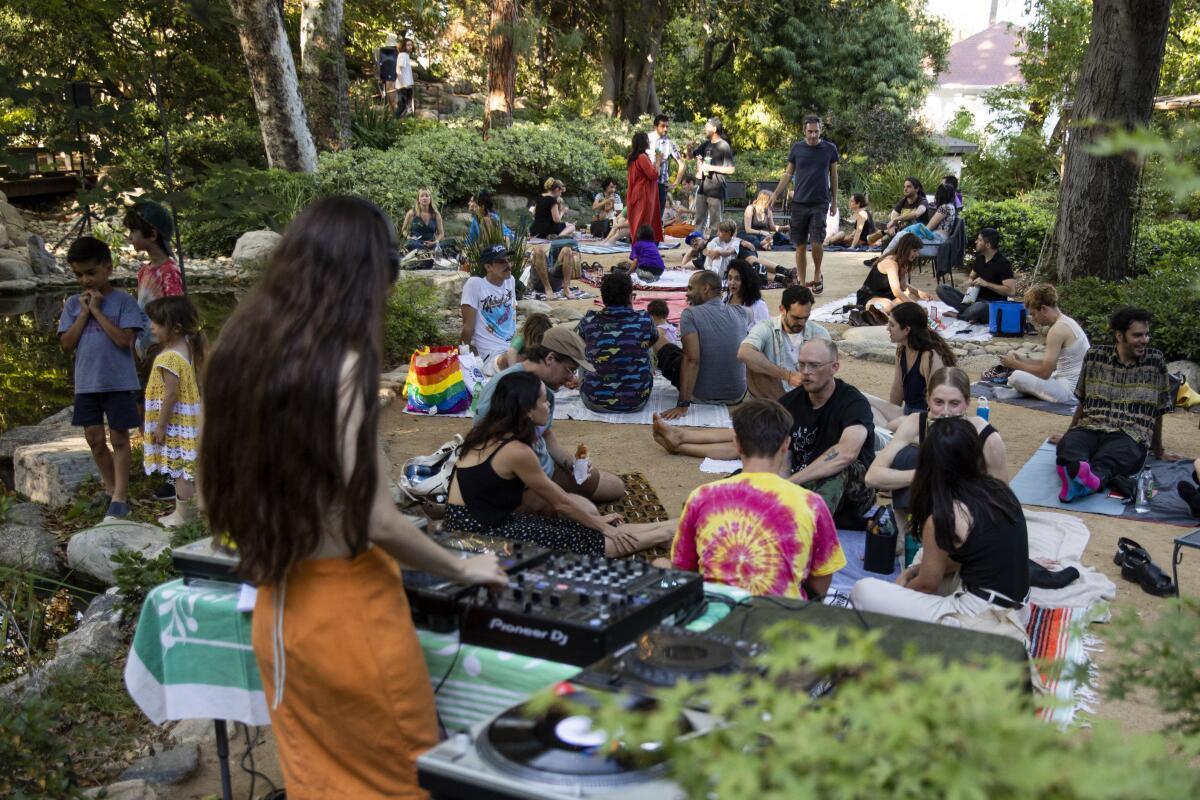
Floating’s eclectic events, which launched last August, are rooted in the healing power of nature and giving ourselves the opportunity to simply be. Founder Brian Schopfel, who faced “a crippling case of burnout” after working for years in commercial production, said that for him, being in nature was the fastest and most lasting path to recovery, so he wanted to help facilitate this kind of connection for others.
After starting Haven Nature Studio, a hilltop sanctuary in Montecito Heights with regular yoga and meditation classes, breathwork sessions, sound baths and musical performances, in 2020, he realized that sound-related activities drew the most people and repeat visits. He also personally enjoyed these events the most, because they were impossible to get wrong.
An insider’s travel guide that takes you beyond the mouse ears, selfie spots and Golden Gate Bridge.
Schopfel partnered with musician Noah Klein, an L.A. native and certified naturalist, during that time. Klein had worked with local conservation groups like Outward Bound Adventures, Tree People and Heal the Bay, and was familiar with the L.A. park system’s many unknown or underused amphitheaters and gathering places. Klein helped crystallize the Floating concept by linking it to the practice of “deep listening”— a term coined by composer and UC San Diego music professor Pauline Oliveros to connect listening with healing and activism.
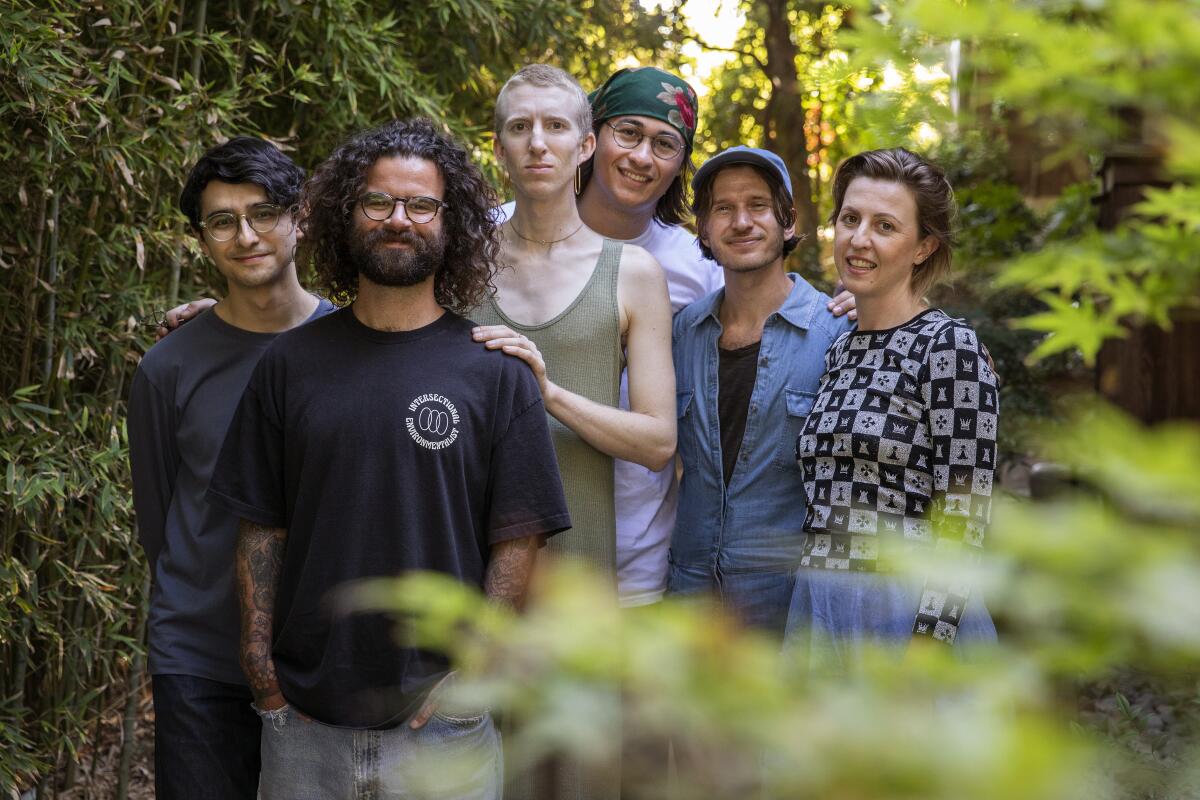
After organizing a few events on the Montecito Heights hilltop, they expanded Floating’s geographic and artistic footprint. Typically, Floating presents one to three events per week in a revolving roster of outdoor settings (the current tally since last August is 200).
Some of the locations, like the Malibu movie ranch where soul singer Jimetta Rose will perform July 3, or the Mayan revival-style courtyard of the Philosophical Research Society in Los Feliz that will host a July 14 celebration of Sun Ra, are rare collaborations.
Meanwhile, Bronson Canyon in Griffith Park has hosted performances by the local psychedelic, classical Indian-inspired collective Liberate Elemental Forces as well as the experimental duo Lucky Dragons. The queer ranchera singer San Cha, whose three-part Floating residency just wrapped up at the Audubon Center at Ernest E. Debs Regional Park in Montecito Heights, also brought her emotional, stunning show to the Los Angeles State Historic Park in Chinatown, and the Storrier-Stearns Japanese Garden, all of which regularly welcome Floating folk.
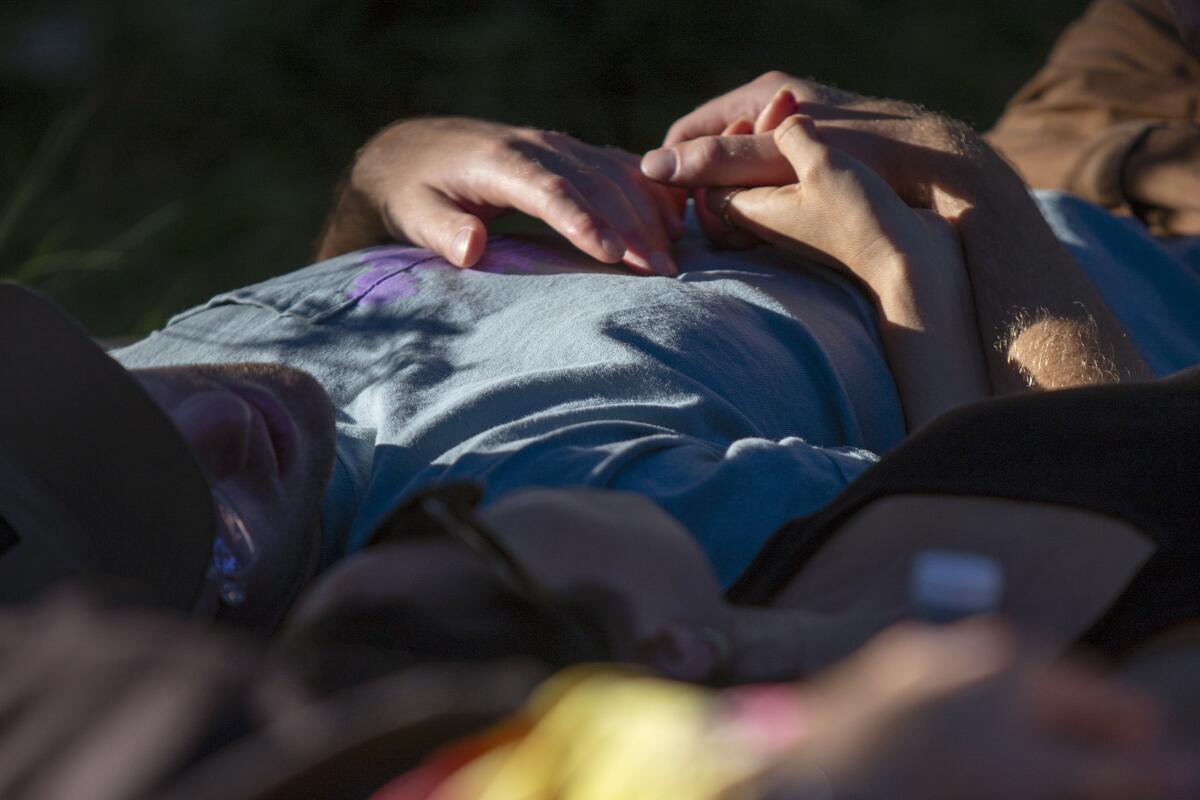
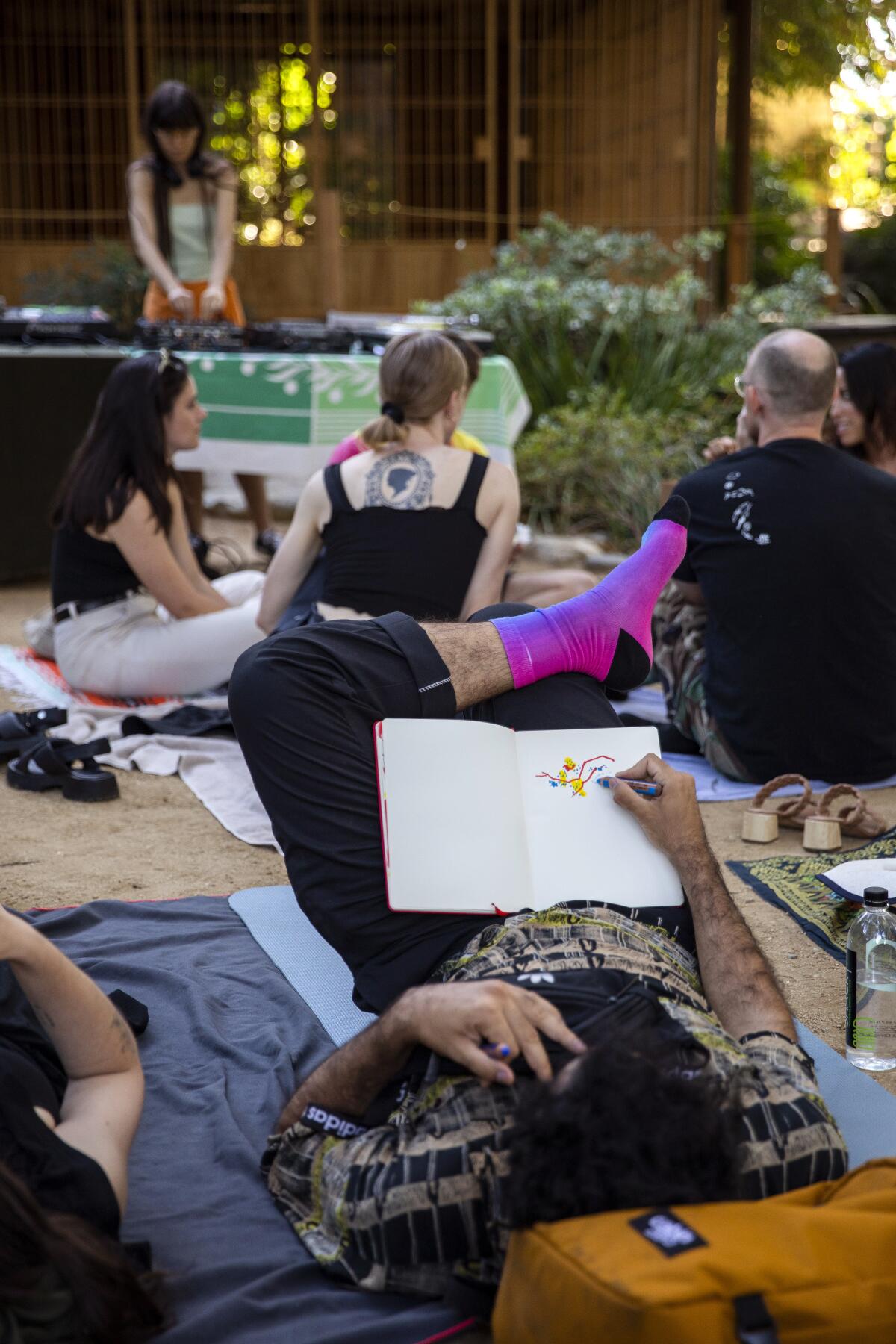
Consistency was always part of the mission. “I think consistency is comforting and reassuring in and of itself,” says Schopfel. “It’s there for you like a therapist would be, or any sort of studio, or gym.”
The Floating business model offers two tiers of membership, $11 or $22 a month, which gives members the option to attend one or two events and receive 50% off all others. In addition to encouraging people to check out artists or spaces they might not know about, memberships also help support the staff. Drop-in donations are welcome as well, and Floating organizers say that no one is turned away if they can’t afford the suggested amount.
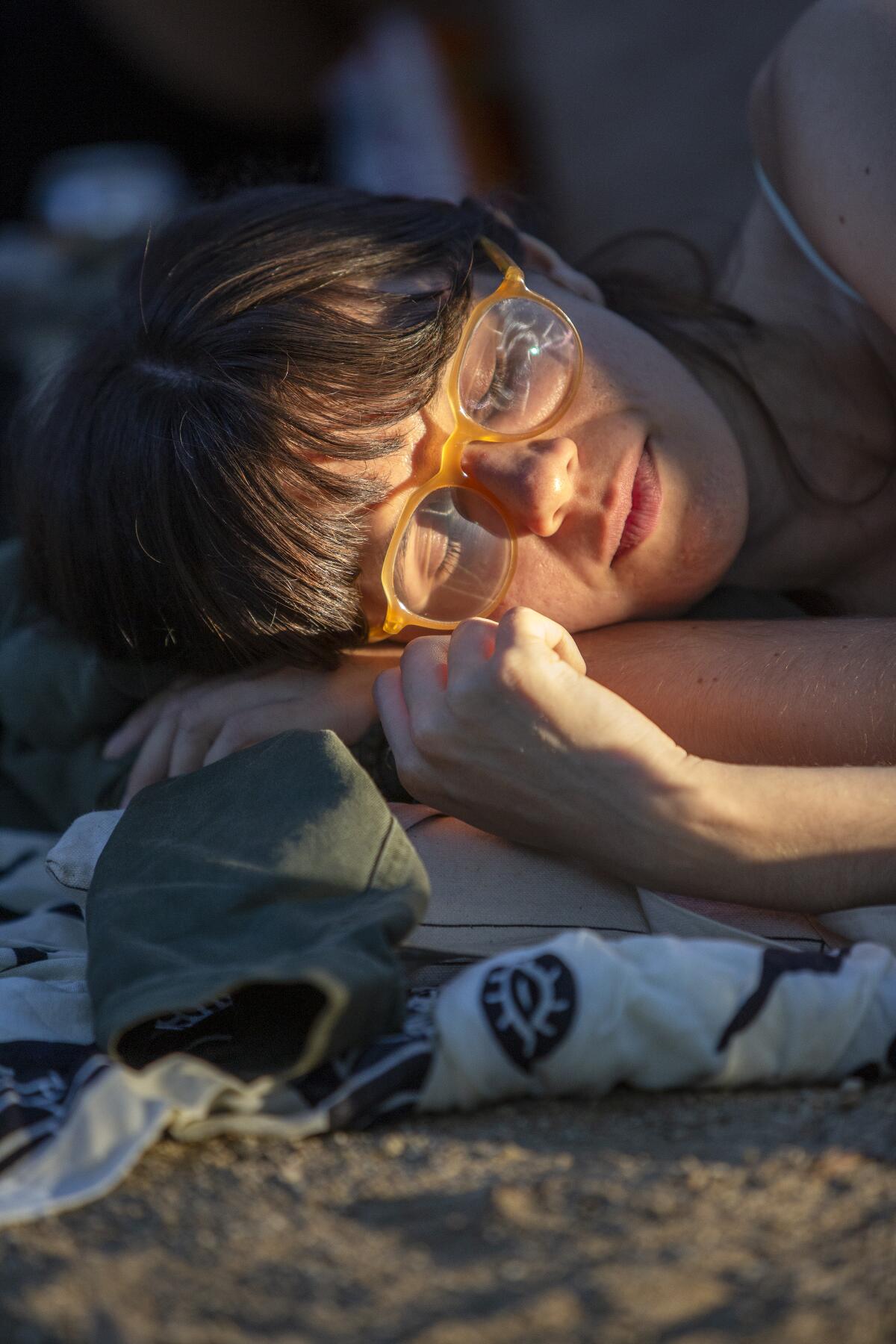
In the Floating space, the encouragement to just be applies to all forms of self-expression. “We are making a conscious effort to make it a place where people can come and feel like their identity is respected, and affirmed,” says May Rose Smeback, the group’s production manager, who identifies as nonbinary.
Schopfel makes an important distinction between “wellness” and actual well-being. He says, “I feel like wellness, as it is positioned in the marketplace, is very task-oriented and very tethered. … Well-being is about simply existing and enjoying the space around you, with no expectations. That is what we strive to create.” Although the initial seeds were planted pre-pandemic, COVID brought a more urgent need for safe outdoor gathering spaces where people could heal together.
TikToks about the L.A. Cool Girl aesthetic have prompted deep conversations about gentrification.
The promise — and the fun — of Floating is that one day it hopefully will come to a park near you. Tate Chavez, who handles permitting, notes that what Floating is doing “is really in line with a lot of what these spaces’ fundamental goals are.” Most park managers are thrilled when something like an amphitheater, for example, is used for its original mission. Floating organizers are hoping to do beach events this summer but are still working out the logistics.
All events are listed on Floating’s website with detailed descriptions of the artists and the environments (and whether the event is pet-friendly). But getting on the text list is the best way to stay up-to-date. Every event is for all ages.
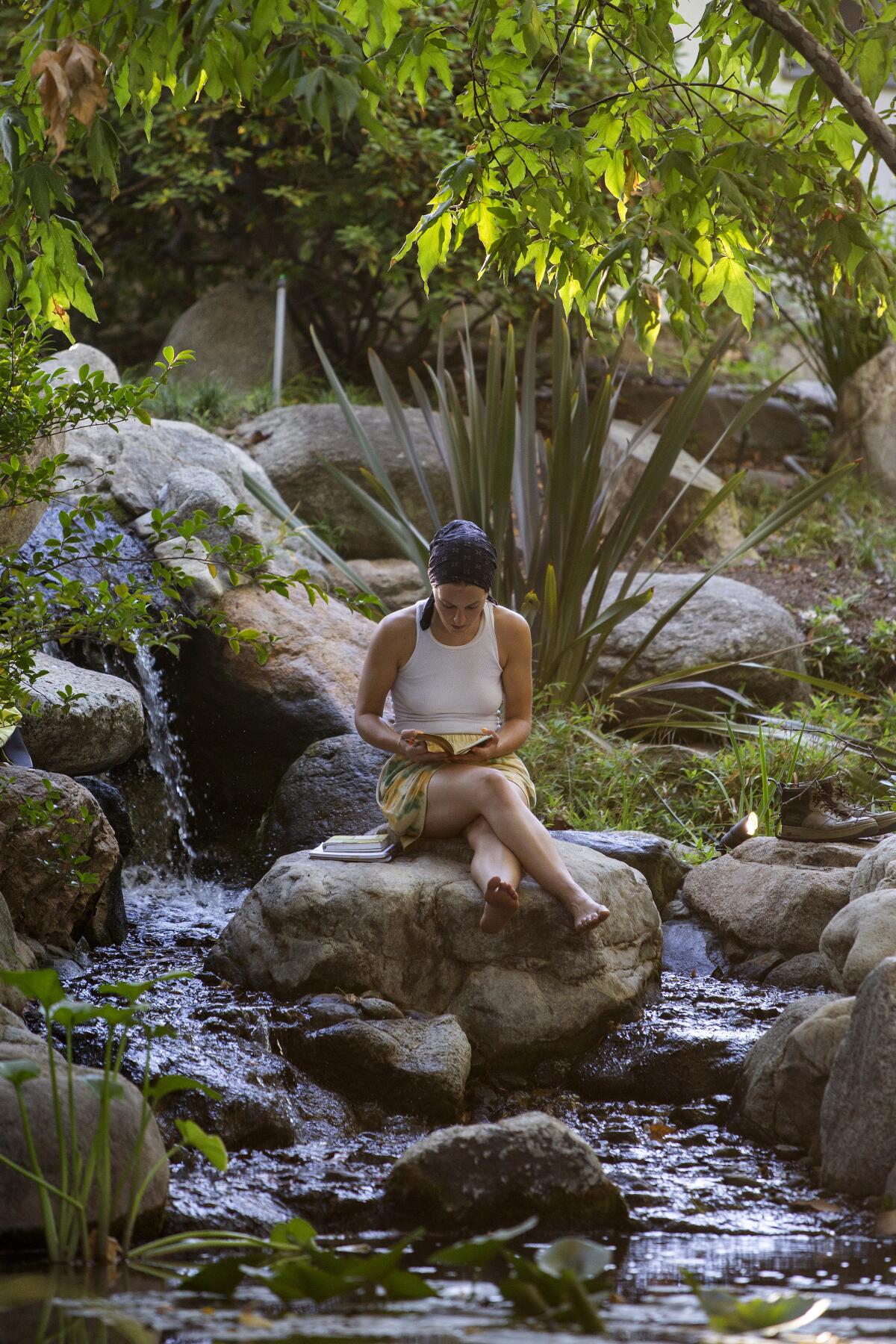
“If we step outside and try to pay closer attention to the environment or bioregion we inhabit, we start to place a deeper sense of care and attention in our surroundings. Then once we do that we fight to conserve,” says Klein, who leads Floating nature walks in Griffith Park.
For example, Arlington Gardens in Pasadena, a public botanical garden that includes a 48-tree orange grove, has subsisted on sales of its signature marmalade and private donations. Now, Floating’s weekly sound baths there have added a new revenue stream. The Floating team also is planning to help produce Arlington’s annual autumn fundraising gala this year.
Light Liu, Floating’s community platforms manager, describes each event as “a point in time. They’re beautiful and magical happenings, but they’re ephemeral.”
“You want to be present and absorb as much as you can and be a part of the gathering while it’s happening. Afterwards, you leave with a feeling, and the feeling stays.”
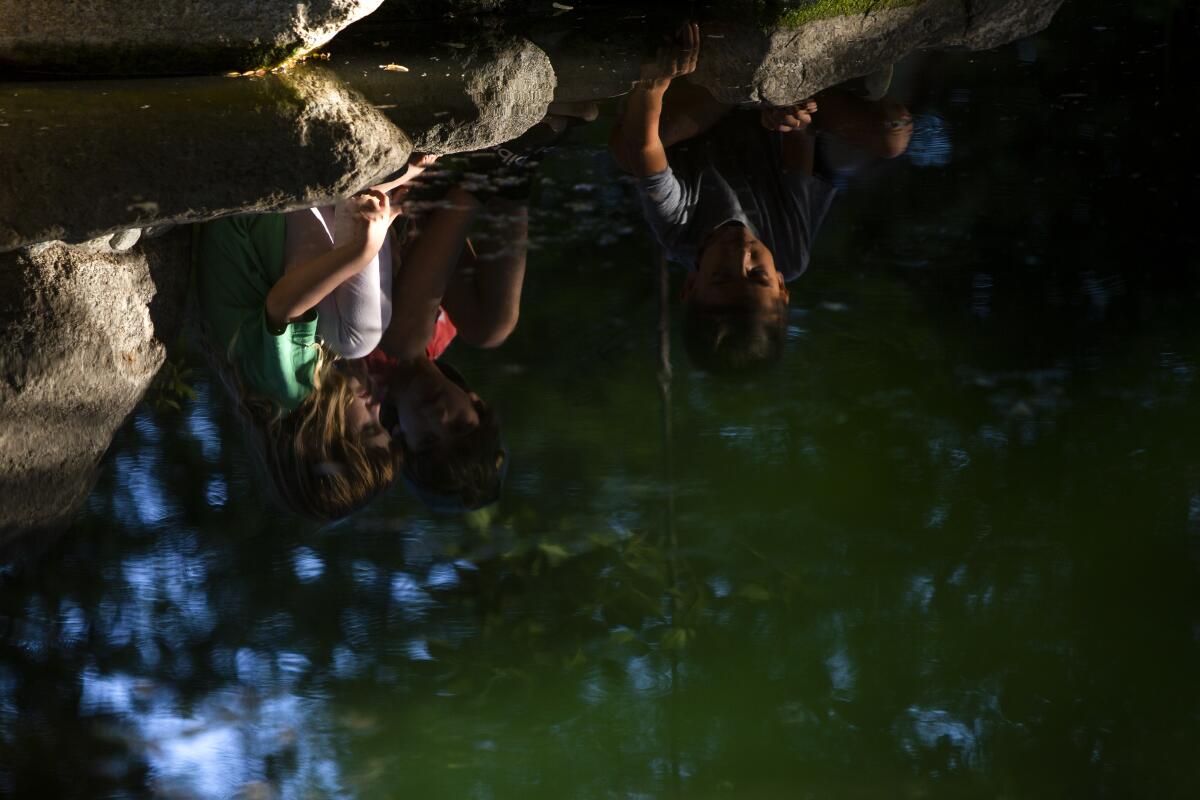
Sign up for The Wild
We’ll help you find the best places to hike, bike and run, as well as the perfect silent spots for meditation and yoga.
You may occasionally receive promotional content from the Los Angeles Times.